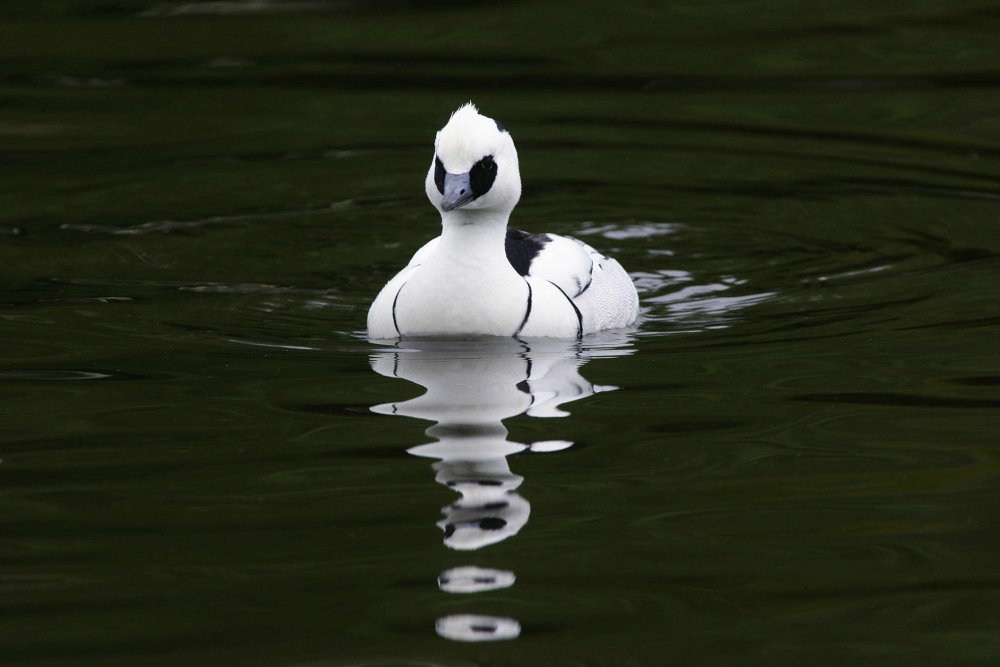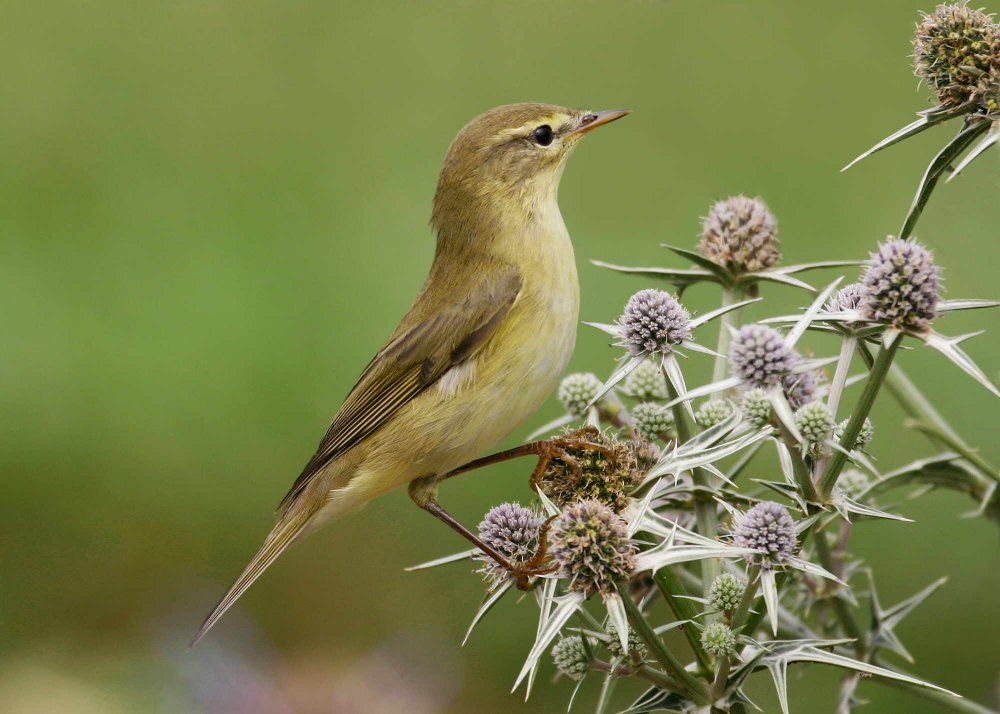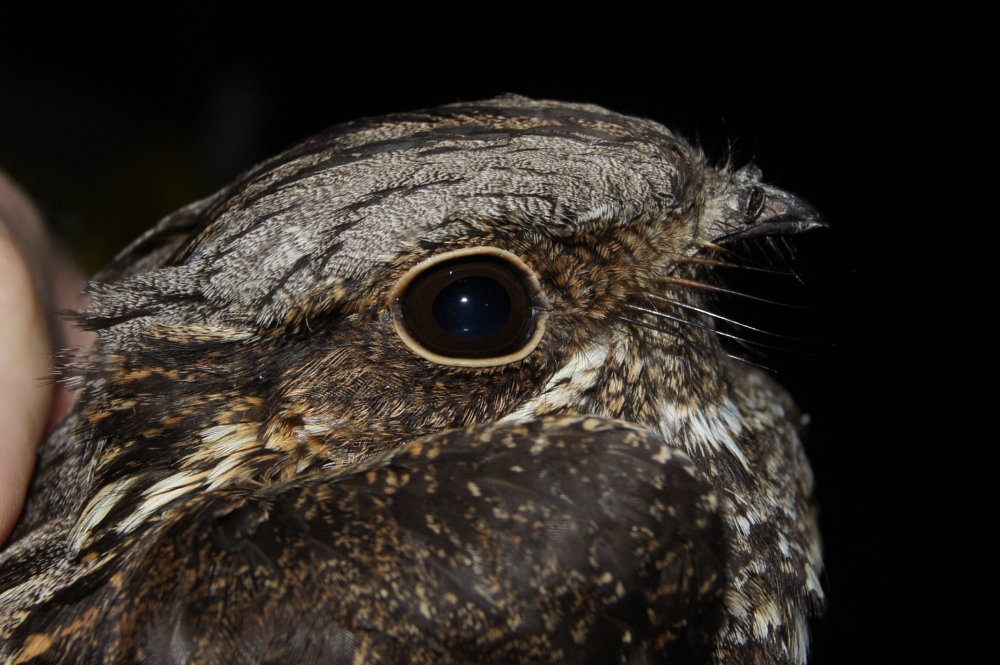BTO publishes peer-reviewed papers in a wide range of scientific journals, both independently and with our partners. If you are unable to access a scientific paper by a BTO author, please contact us.
Search settings
Climate-driven changes in winter abundance of a migratory waterbird in relation to EU protected areas
Author: Pavon-Jordan, D., Fox, A.D., Clausen, P., Dagys, M., Deceuninck, B., Devos, K., Hearn, R.D., Holt, C.A., Hornman, M., Keller, V., Langendoen, T., Ławicki, Ł., Lorentsen, S.H., Luigujoe, L., Meissner, W., Musil, P., Nilsson, L., Paquet, J-Y., Stipniece, A., Stroud, D.A., Wahl, J., Zenatello, M. & Lehikoinen, A.
Published: 2015
Data from the Wetland Bird Survey have contributed to new research showing how Europe's winter population of Smew has redistributed north-eastwards due to milder winter conditions in the last 25 years. The study, involving scientists in 16 countries, also demonstrated that population growth has been twice as fast inside protected areas compared to outside.
01.01.15
Papers

Season-long consequences of shifts in timing of breeding for productivity in Willow Warblers, Phylloscopus trochilus
Author: Morrison, C.A., Robinson, R.A., Clark, J.A., Leech, D.I. & Gill, J.A.
Published: 2015
New research by the BTO and the University of East Anglia uses information from the Nest Record Scheme to investigate changes in Willow Warbler breeding between the 1960s and the present day. Despite advances in the timing of egg laying, there has been little change in Willow Warbler productivity over this period.
01.01.15
Papers Bird Study

Home-range size and habitat use of European Nightjars Caprimulgus europaeus nesting in a complex plantation-forest landscape
Author: Sharps, K., Henderson, I., Conway, G., Armour-Chelu, N. & Dolman, P.M.
Published: 2015
Nightjar populations have increased in recent years, but some declines have been noted at sites supporting nationally important breeding populations. BTO research is using tracking technology to better understand the habitat requirements of this cryptic yet charismatic species, so that habitat can be optimally managed to conserve them.
01.01.15
Papers

Hatching success in Lesser Black-backed Gulls Larus fuscus - an island case study of the effects of egg and nest site quality
Author: Ross-Smith, V.H., Johnston, A. & Ferns, P.N.
Published: 2015
Within an avian breeding population, there can be considerable variation in egg and nest site characteristics that have implications for individual reproductive success. Here we present a detailed case study of Lesser Black-backed Gulls Larus fuscus nesting on Flat Holm island, Wales, at a time when the colony was growing. This species is ground-nesting, with a modal clutch size of three. We surveyed 714 nests across the island during two consecutive years and recorded data on nest and egg characteristics, along with hatching success. We modelled how hatching success was associated with clutch size, egg volume, egg laying order and local habitat features, i.e. the amount of vegetation surrounding the nest and each nest's proximity to neighbouring nests. Eggs were most likely to hatch when they were laid in the middle of the season, were large in size, part of big clutches and in nests with a substantial amount of surrounding vegetation. Lesser Black-backed Gull productivity is currently low in many protected rural and coastal colonies throughout this species' range. Detailed information on factors influencing reproductive success could therefore indicate ways in which this species could be better managed to help maintain and conserve breeding populations.
01.01.15
Papers
Comparison of trends in butterfly populations between monitoring schemes
Author: Roy, H.D.B., Ploquin, E.F., Randle, Z., Risely, K., Botham, M.S., Middlebrook, I., Noble, D., Cruickshanks, K. Freeman, S.N. & Brereton, T.M.
Published: 2014
10.12.14
Papers